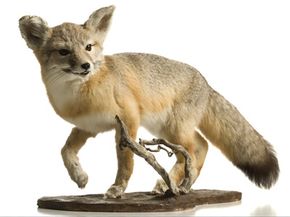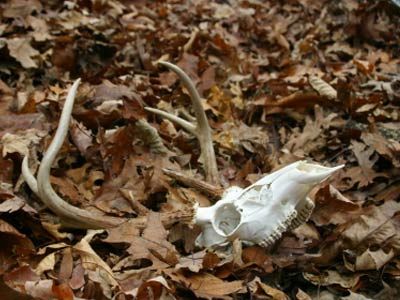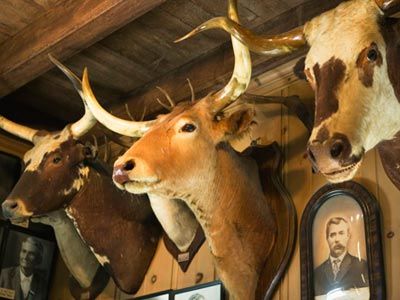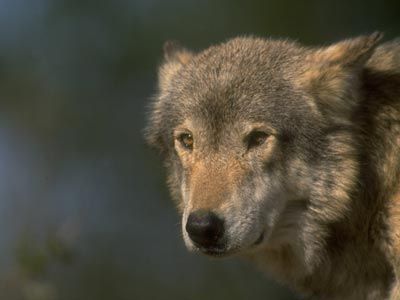After getting up well before dawn and braving freezing temperatures for hours, you finally see a worthy buck, yours for the taking. You take a clear shot, and it's immediately clear that you were right on target. Now, just yards away, is the body of your 10-point beauty. It's by far your best trophy yet, and there's no way you're passing up the opportunity to redecorate the mantel. But how do you go about doing this? Looks like it's time to call your local taxidermist.
The work of a taxidermist involves creating a replication of a lifelike three-dimensional animal for display and preservation purposes [source: Taxidermy]. This complex practice incorporates carpentry, woodwork, tanning, molding and casting. It's both a science and an art form: All of the animals' organs and tissues must be painted, drawn or sculpted with man-made materials. The taxidermist can preserve fur, feathers, antlers and scales for use in the figures, but nothing else can stay. Eyes are usually made from glass, eyelids are molded from clay, noses and mouths are made more lifelike with wax, and the mannequin frame is built with polyurethane foam.
Advertisement
Taxidermists are talented artists who can also re-create catch-and-release game from clear photographs. So don't be surprised if that gigantic fish mounted in your friend's house is actually made entirely from man-made materials [source: Taxidermy].
So why is it that some people disapprove of this practice while others wait months for their trophies to be completed? Take a look at the rest of this article to find out.
Advertisement



